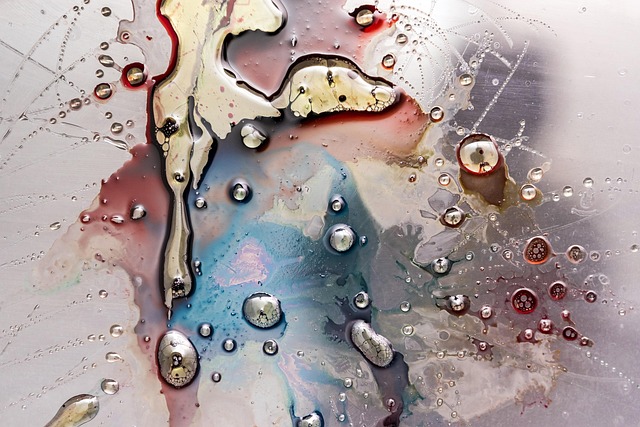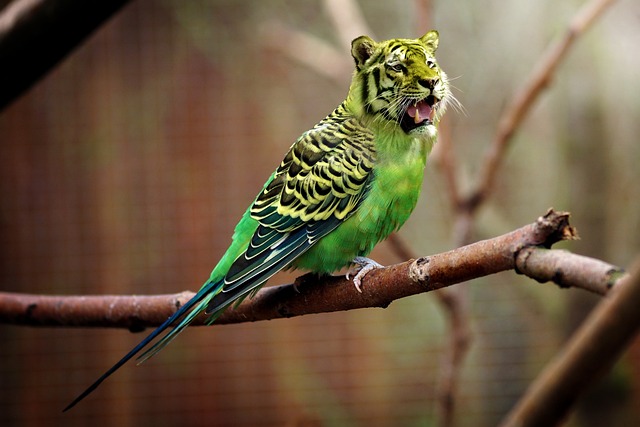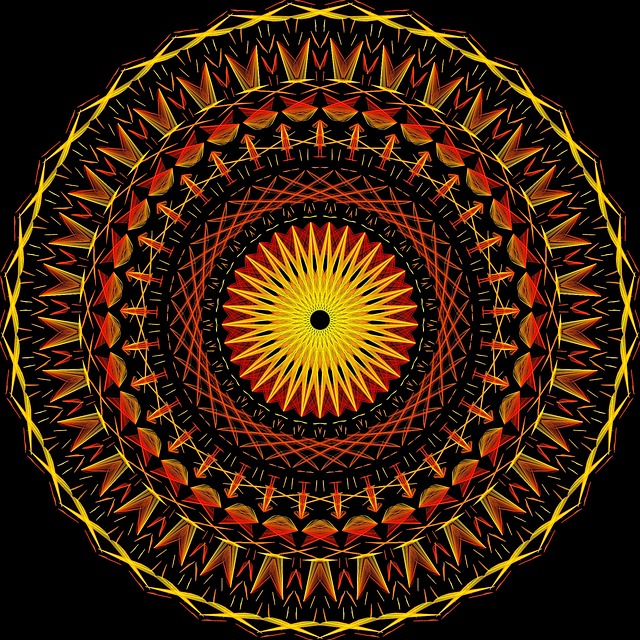In the evolving landscape of visual expression, the concept of visual dynamics has emerged as a guiding principle that transcends mere aesthetics. It encapsulates the deliberate manipulation of motion, rhythm, and spatial tension to create images that resonate beyond static representation. Within the realm of fine arts and graphic culture, visual dynamics invites creators to orchestrate visual narratives that engage viewers as active participants. By weaving motion into the fabric of static media, artists and designers can craft works that breathe, adapt, and reflect the complexities of contemporary life.
Historical Roots of Visual Dynamics
The seeds of visual dynamics can be traced back to the early experiments with kinetic sculpture and the dynamic compositions of the Impressionists. In the late 19th and early 20th centuries, artists like Henri Matisse and Wassily Kandinsky began to explore how the arrangement of form and color could suggest movement. Kandinsky’s “Concerning the Spiritual in Art” (1911) explicitly discusses the relationship between visual rhythm and emotional response, laying a theoretical foundation that would later be expanded by the Bauhaus school. During this period, the interplay between line, shape, and color was recognized as a language capable of conveying kinetic energy without physical motion.
Theoretical Foundations
Modern theories of visual dynamics draw heavily from Gestalt principles, which describe how human perception organizes visual elements into unified wholes. Gestalt’s law of continuity, for example, explains why the eye follows curved or angled lines, creating a sense of motion even in static compositions. Coupled with the concept of “visual weight,” designers can manipulate mass and balance to direct attention across a canvas. By integrating these principles with contemporary understandings of color theory, texture, and composition, artists establish a framework that transforms a still image into a living dialogue with the viewer.
Visual Dynamics in Contemporary Graphic Design
In today’s digital age, visual dynamics have become an essential tool for conveying complex messages across a multitude of media. From animated web interfaces to immersive museum installations, designers leverage timing, sequencing, and interactive feedback to create engaging experiences. Motion graphics, for instance, use animated typography and subtle transitions to guide audiences through narratives, while motion typography in advertising captures attention by animating slogans in rhythm with background audio. Even in print, kinetic layouts—such as foldable panels or rotating frames—can invite tactile interaction, reinforcing the dynamic quality of the artwork.
Interaction with Cultural Narratives
Visual dynamics also serve as a bridge between contemporary art and cultural storytelling. By infusing movement into static media, creators can symbolize change, migration, or resilience—central themes in many social movements. For instance, street artists in urban centers often use dynamic mural techniques that incorporate shadow, reflection, and layered imagery to comment on socio-political transformations. The kinetic elements in these works echo the fluidity of cultural identities, prompting viewers to reflect on their own roles within evolving narratives. Thus, visual dynamics become more than aesthetic devices; they become participatory symbols that capture the zeitgeist.
Color, Texture, and Movement
Color choices profoundly influence the perception of motion. Warm hues like red and orange can accelerate perceived speed, while cool tones such as blue and green tend to slow down motion cues. Texture also plays a critical role; a rough, irregular surface can suggest turbulence, whereas smooth gradients often imply calmness. By strategically combining color saturation with textural gradients, artists can simulate the sensation of wind, water, or gravity, effectively converting a flat plane into a dynamic environment. These subtle manipulations reinforce the viewer’s sense of presence within the artwork.
Digital Influence and New Media
The proliferation of digital platforms has broadened the scope of visual dynamics. Virtual reality (VR) and augmented reality (AR) offer immersive spaces where viewers can navigate three-dimensional narratives that unfold in real time. In such environments, artists can incorporate environmental triggers—like wind or light—into the visual flow, creating a deeply engaging experience. Moreover, algorithmic art, which uses code to generate patterns in real time, exemplifies how computational processes can drive visual dynamics, allowing for endless variation and user interaction.
Case Study 1: The Art of Ryohei Hase
Japanese illustrator Ryohei Hase’s work demonstrates the power of visual dynamics within a limited color palette. His illustrations feature flowing lines and subtle shading that suggest movement across the page. By using negative space and rhythmic composition, Hase creates a sense of forward motion that invites readers to follow the narrative’s flow. Even without digital animation, his static images feel alive, thanks to his masterful application of visual dynamics principles. Hase’s work exemplifies how dynamic composition can transcend medium constraints, offering viewers an interactive experience through visual cues alone.
Case Study 2: Digital Installations by Kinetic Lab
Los Angeles–based studio Kinetic Lab specializes in large-scale installations that merge motion sensors with projected visuals. Their “Pulse of the City” exhibit uses real-time data from traffic patterns to drive dynamic light patterns across a public plaza. Viewers can see the ebb and flow of urban activity translated into shifting colors and shapes, making abstract data tangible. This interactive experience showcases how visual dynamics can transform public spaces into responsive environments, encouraging community engagement through movement-driven art.
Impact on Public Spaces
When visual dynamics are applied to public art, the effect extends beyond aesthetic enhancement. Dynamic murals can alter the perceived tempo of a street, creating a sense of movement that encourages walking or gathering. Interactive sculptures that respond to sound or motion can transform a static plaza into a living stage, fostering social interaction. Furthermore, kinetic signage—such as animated billboards—can convey information more effectively by guiding viewers’ attention through motion cues, making public communication more intuitive and engaging.
Educational Implications
In academic contexts, visual dynamics provide a powerful pedagogical tool. Art educators can use dynamic composition exercises to teach students about rhythm, balance, and visual storytelling. By encouraging the creation of moving visuals, whether through animation or kinetic installations, instructors help students develop a deeper understanding of spatial relationships and narrative pacing. Additionally, incorporating digital media projects fosters interdisciplinary learning, linking art with technology, physics, and psychology.
Future Directions
The trajectory of visual dynamics points toward increasingly integrated, responsive environments. Emerging technologies such as AI-driven generative art promise to create adaptive visual narratives that evolve with audience interaction. Advances in projection mapping allow for complex, multi-surface animations that can transform entire cityscapes. Moreover, the rise of haptic feedback devices may soon enable tactile perception of motion in digital artwork, adding a new dimension to visual dynamics. As these innovations converge, artists will have unprecedented tools to craft experiences that feel both fluid and deeply personal.
Conclusion
Visual dynamics, rooted in historical experimentation and propelled by modern technology, has become an essential language in fine arts and graphic culture. By infusing motion into static media, artists create engaging narratives that resonate with contemporary audiences. From kinetic murals that enliven streets to algorithmic installations that respond to real-time data, the dynamic visual paradigm invites viewers to participate, interpret, and transform their environment. As we move forward, the interplay of color, rhythm, and technology will continue to redefine the boundaries of artistic expression, ensuring that visual dynamics remain at the forefront of cultural innovation.




